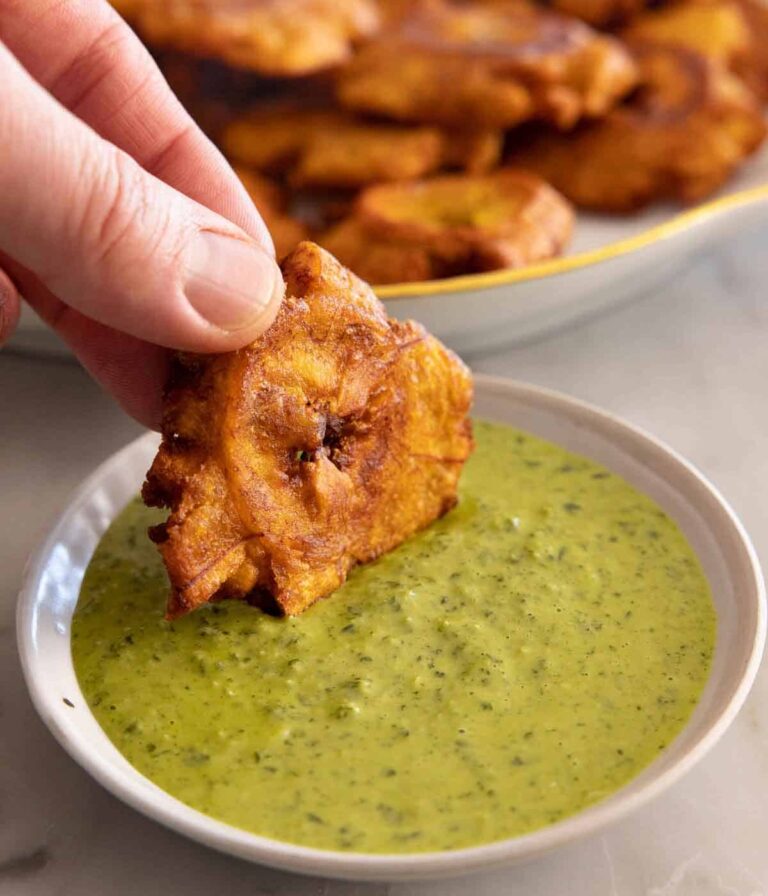Empanadas are a beloved dish across cultures, known for their versatility and delicious fillings wrapped in a golden, crispy dough. Whether fried or baked, these savory or sweet treats have become staples in many households. However, one of the most common problems encountered when making empanadas is leaking fillings—whether from an improperly sealed edge or too much filling inside.

In this comprehensive guide, we’ll walk through the proper techniques on how to seal empanadas properly, share tips to avoid leaks, and explore the best ways to ensure your empanadas stay intact throughout cooking. By the end of this article, you’ll be able to seal empanadas like a pro, ensuring every bite is filled with the perfect ratio of crust and filling!
Why Empanadas Leak
Before we dive into how to seal empanadas properly, it’s essential to understand why leaks happen in the first place. The primary reasons for leaking empanadas include:
Overfilling
One of the most common causes of empanada leaks is overfilling. When too much filling is packed inside, it creates excess pressure during cooking, which can cause the dough to burst open.
The key is balance—use enough filling to make each bite satisfying, but not so much that the seal can’t hold. A modest, even portion is what keeps everything intact.

Improper Dough Handling
If the dough is too dry or too wet, it won’t form a proper seal when folded. Dry dough tends to crack at the edges, making it easier for the filling to leak out.
On the other hand, overly wet dough can be sticky and hard to work with, preventing you from pressing the edges together firmly. Aim for a smooth, pliable dough that’s easy to shape without crumbling or sticking.

Not Sealing the Edges Properly
When folding and crimping your empanadas, it’s essential to create a tight, secure seal. If the edges are left open or pressed together too loosely, the filling can easily escape during baking or frying.
Take your time to press firmly along the edge—whether you’re using a fork or doing a traditional crimp—to lock everything in place.

How to Seal Empanadas Properly: Step-by-Step
Now that we understand why empanadas leak, let’s walk through the best techniques to seal them properly. Whether you’re making traditional baked empanadas or crispy fried versions, the following methods will help you create a perfect seal.
Step 1: Choose the Right Dough
The first step in ensuring a leak-proof empanada is selecting the right dough. It should be smooth, elastic, and easy to work with—no cracking, no crumbling.
For Baked Empanadas:
Use a dough that’s slightly firmer and can hold its shape well in the oven. It’s important that the dough isn’t too thin or delicate, as it may tear during handling. If the dough feels too dry or stiff, add a bit more liquid to increase pliability and prevent cracking during baking.
For Fried Empanadas:
Fried empanadas need a sturdier dough that can handle hot oil without falling apart. A slightly thicker dough works best here—it should crisp up on the outside while keeping the filling safely tucked inside.

Credits to stuffedrecipes.com –
Step 2: Place the Right Amount of Filling
Don’t Overfill the Empanada
As mentioned earlier, one of the main culprits of leaking empanadas is overfilling. To prevent this, place just the right amount of filling in the center of the dough. For a standard-sized empanada, 1 to 2 tablespoons of filling is usually ideal. This gives you enough room to fold and seal the edges without the contents spilling out during cooking.
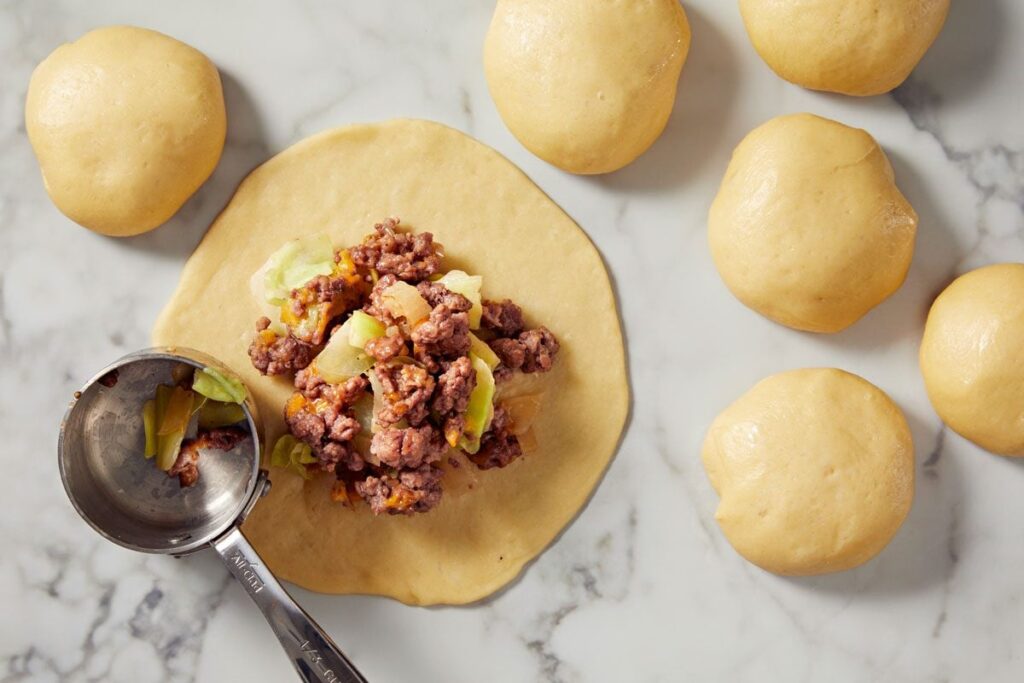
Credits to Taste of Home
Step 3: Fold the Dough Over the Filling
Folding the Dough
Once the filling is in place, it’s time to fold the dough over it. Make sure the fold is neat, forming either a classic half-moon or the traditional crescent shape—whichever style you prefer. Be careful not to stretch the dough while folding, as that can weaken the seal and cause cracks or leaks during cooking.

Step 4: Seal the Empanada
The sealing process is critical to prevent leakage. There are two primary methods for sealing empanadas:
The Fork Method
Sealing with a Fork
This method involves pressing the edges of the dough together using the tines of a fork. It’s a quick and effective way to ensure a tight seal that keeps the filling inside.
This not only seals the dough securely but also adds a simple decorative pattern along the edges.
Place the tines of the fork along the edges of the folded dough and press down firmly.
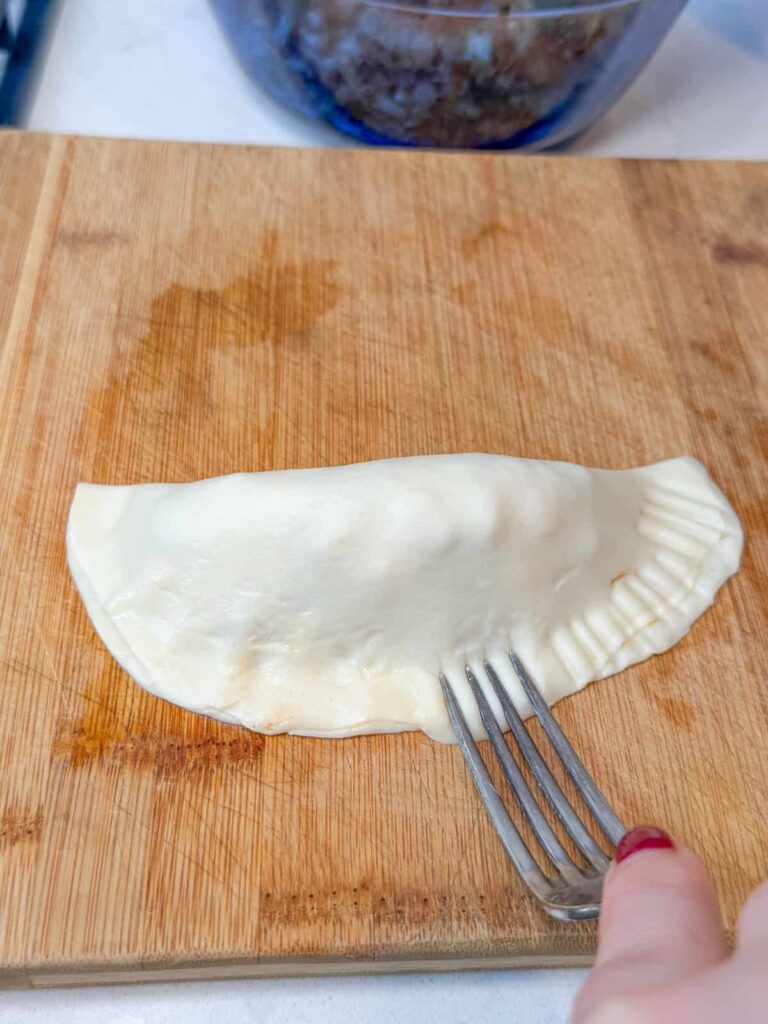
Credits to The Little Ferraro Kitchen
The Crimping Method
Sealing with a Crimp (Repulgue Method)
For a more refined look and an extra-secure seal, use the crimping method—also known as repulgue. This technique involves folding the edges of the dough over itself and pinching them together to lock in the filling.
- As you pinch, twist the dough slightly to create a ridged pattern that also helps prevent leaks.
- Use your fingers to fold and pinch the edges tightly together, working along the curve.

Step 5: Use an Egg Wash (Optional)
Egg Wash for Baked Empanadas
For baked empanadas, applying an egg wash does more than boost visual appeal—it helps the dough seal better and reduces the risk of leaks. The egg wash acts as a light adhesive and adds a beautiful golden finish to the crust.
- Lightly brush it over the edges and the top of the empanada before baking for a crisp, glossy look and stronger seal.
- To make an egg wash, whisk one egg with a tablespoon of water.
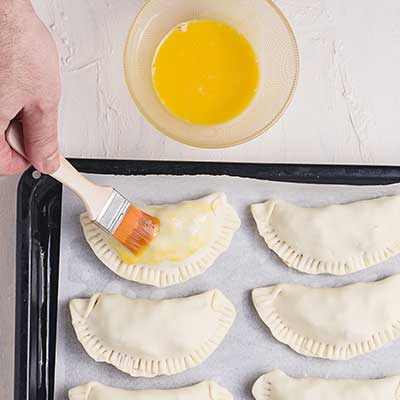
Credits to Homemade Hooplah
Step 6: Chill Before Cooking
Chill Before Cooking
After sealing your empanadas, it’s a smart move to chill them in the fridge for 15–20 minutes before cooking. This allows the dough to firm up, which helps maintain the shape and keeps the seal tight during baking or frying.
If you’re storing them for later, freezing the empanadas before cooking is even better. Not only does it help the seal hold, but it also makes them easier to cook straight from frozen—no thawing required.
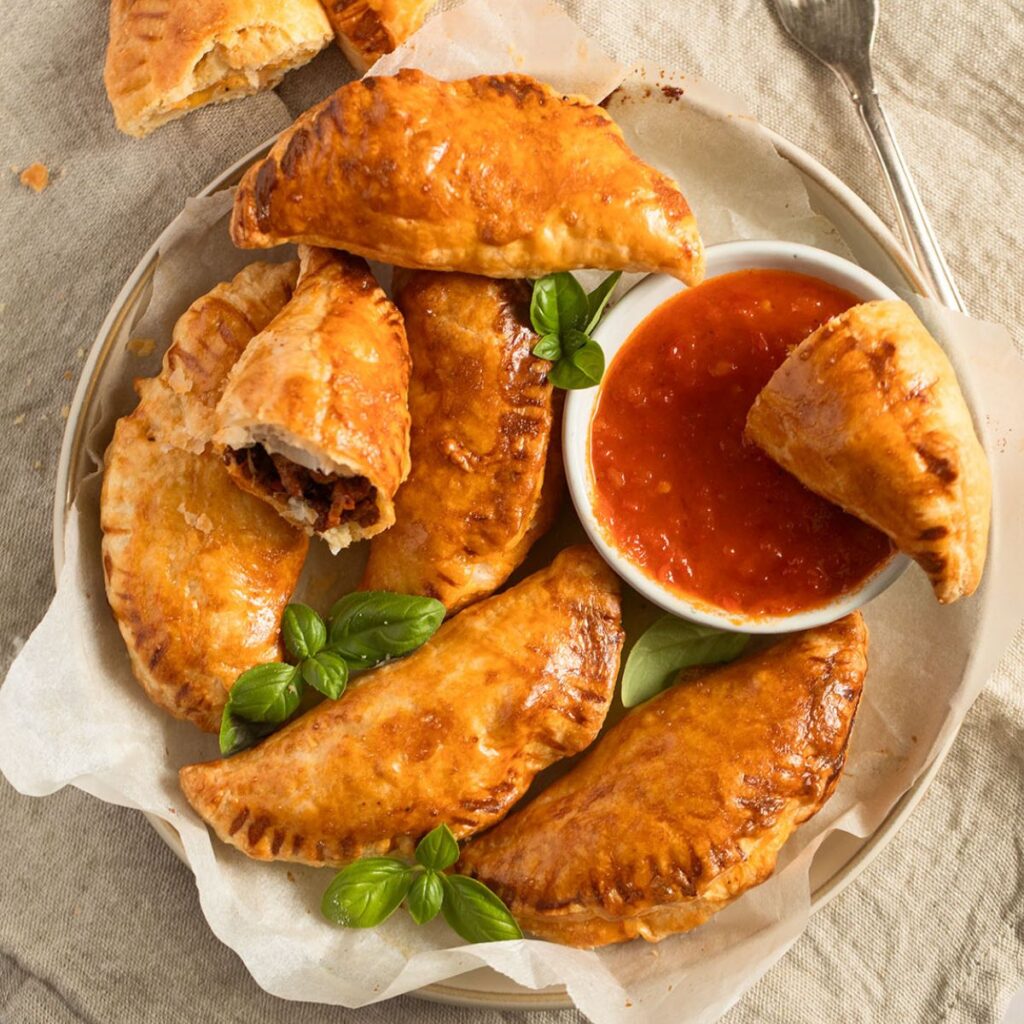
Troubleshooting Common Sealing Problems
Even with the best sealing methods, sometimes issues can arise. Here are some common problems and how to fix them:

Problem 1: Filling Leaks Out While Frying or Baking
Solution: If the filling leaks out during cooking, it may be due to overfilling or not sealing the edges tightly enough. Double-check that you’re using the right amount of filling and pressing the edges firmly together. If you notice gaps or cracks, use the fork or crimping method to reinforce the seal.
Problem 2: The Dough Cracks or Tears
Solution: Dough that cracks during sealing may be too dry. Ensure that the dough is well-hydrated and easy to work with. If it’s too dry, add a little water or oil to the dough until it becomes pliable. Also, avoid stretching the dough when folding it.
Problem 3: Empanadas Are Too Greasy After Frying
Solution: If you’re frying empanadas, ensure that the oil is hot enough (around 350°F / 175°C) before adding the empanadas. Frying them at too low a temperature can result in greasy, soggy pastries. If the oil temperature is correct, the empanadas will fry to a golden brown without excess oil absorption.
Conclusion
Sealing empanadas properly is essential for creating the perfect pastry that holds its filling without any messy leaks. By following the techniques outlined in this guide—such as using the right dough, portioning the filling correctly, and sealing with care—you can ensure your empanadas come out looking beautiful and tasting delicious every time.

With a little practice, sealing empanadas will become second nature, and you’ll be able to enjoy perfectly filled pastries, whether they’re baked or fried. So, the next time you make empanadas, keep these tips in mind and impress your friends and family with perfectly sealed, leak-free empanadas!
Disclosure: Our blog contains affiliate links to products. We may receive a commission for purchases made through these links. However, this does not impact our reviews and comparisons. We try our best to keep things fair and balanced, in order to help you make the best choice for you.




